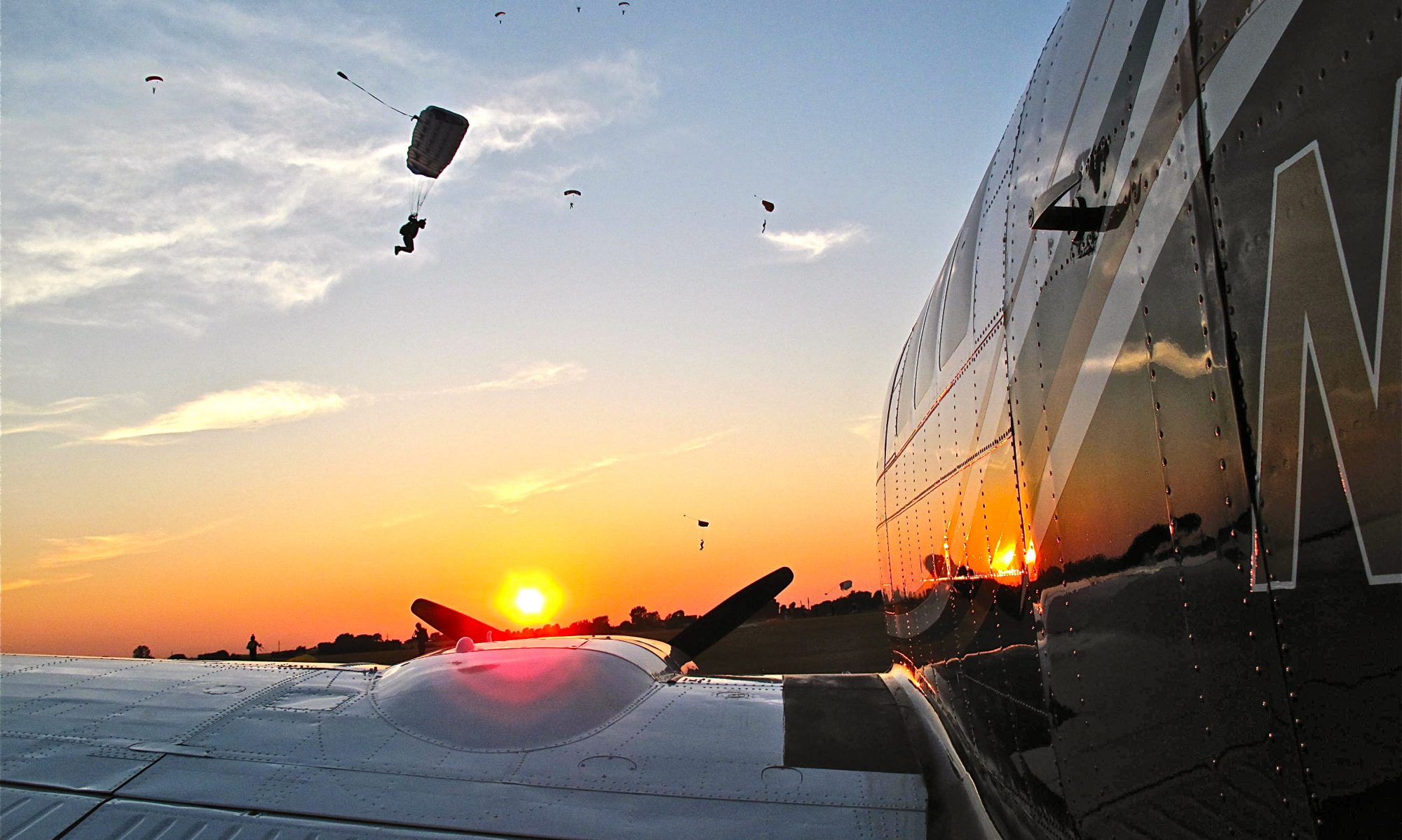Well, you will in a minute.
I know, you’re saying it has to be a Marine, right?
Uh, no.
A submarine skipper.
The alternate title could be “if you’re name is Fluckey, you’d better be good”. Well, Eugene Fluckey was very good and the story of his sub, the USS Barb is one for the history books. It is the only submarine that I know of that sunk a train.
He’s definitely someone you should know.
Here’s the story (as sent to my by a friend):
Read More:
HT/ BLACKFIVE




